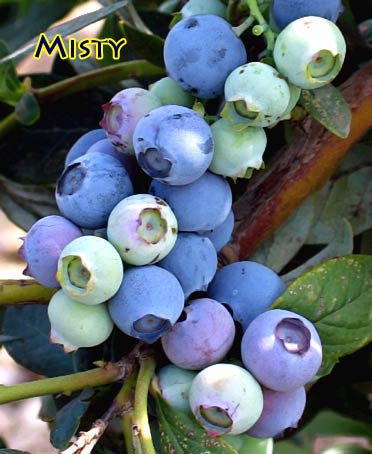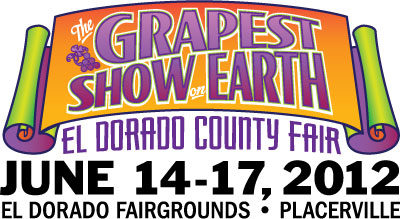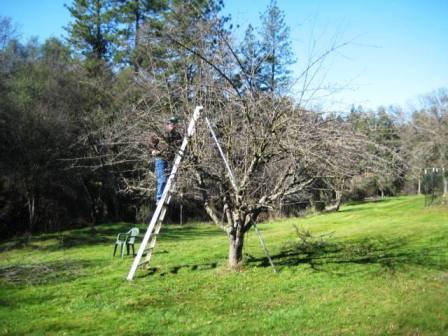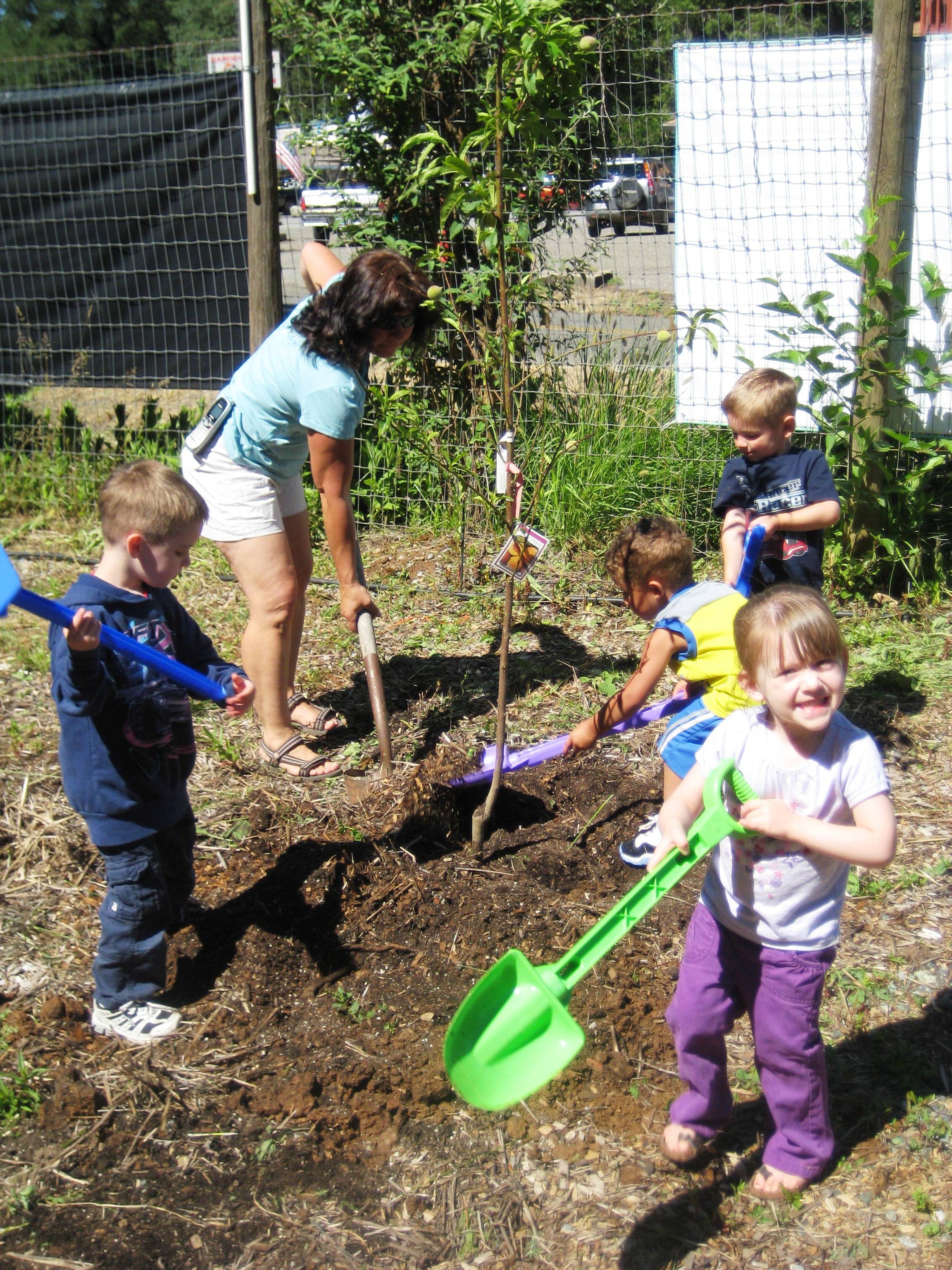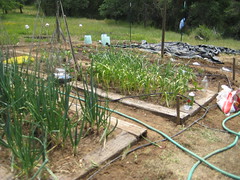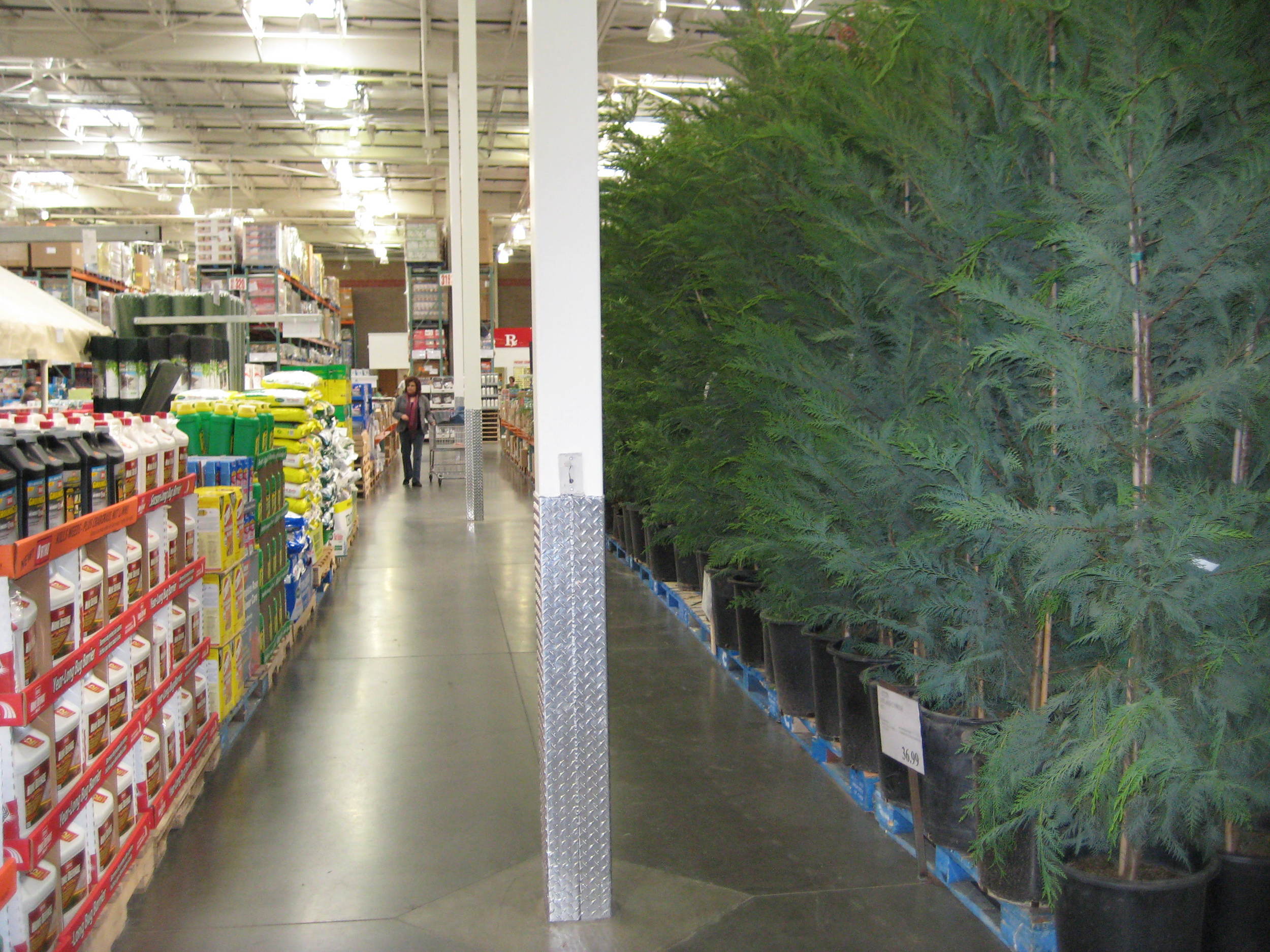Los Angeles has created a public park complete with public orchard. According to a LA Times article county officials, " hope the 'edible art' will encourage more locals to spend time there." Apparently it's the states first public orchard with residents planting "27 fruit trees and eight grapevines in Del Aire Park and 60 additional fruit trees in the surrounding neighborhood."
Three artists calling themselves, "Fallen Fruit" designed the orchard. David Burns, one of the artists said, " This is about creating something that is abundant that has no ownership." The Times say's, "for now, a wooden sign overlooking the trees describes their purpose: 'The fruit trees in this park belong to the public,' it says. 'They're for everyone, including you. Please take care of the fruit trees and when the fruit is ripe, taste it and share it with others.'" They planted "plums, pomegranates, limes, avocados and apricots." One of the residents across the street said, "he loves having fruit trees across from his home."
I am not sure how this is going to work. Will the county or residents maintain these trees? Who will be allowed to harvest the fruit? How much fruit can one community member take? The statement that, "this is about creating something that is abundant that has no ownership," concerns me. When no one "owns" the plot, who will feel the need to maintain it? If one neighbor ends up doing most of the maintenance how will they feel when others swoop in to take limes for their mojito's?" How much fruit is enough for one person to take?
Considering the number of fruit trees in the LA area that already bear fruit on property, and then is left to rot on the ground, I don't hold out much hope for this. Community gardens and farmers markets make it because people feel ownership, whether it's a small allotment or selling the fruit at market. This project has the county to fall back on, so their is no sense of ownership or pride in keeping it up. I hope it works, but I am afraid this has the makings of a "temporary art project".
Fallen Fruit has some interesting ideas however, one of which is "Public Fruit Maps". According to their website, one of their "core projects is to map neighborhoods to which we are invited, mapping all the fruit trees that grow in or over public space. The maps are hand-drawn and distributed free from copyright as jpgs and PDFs." This is a great idea, and one which may have more potential than the "public fruit park". They have also created a project titled, "Fruit Tree Adoptions". According to Fallen Fruit they "distribute free bare-root fruit trees in a variety of urban settings. We encourage the planting of these trees in either public space or on the periphery of private property, in order to create new kinds of communal life based on generosity and sharing. Each recipient signs an adoption form promising to care for the tree — initiating a relationship with it." I like the adoption form which provides that sense of "ownership", which may encourage the person signing up to adopt the trees to maintain them.

